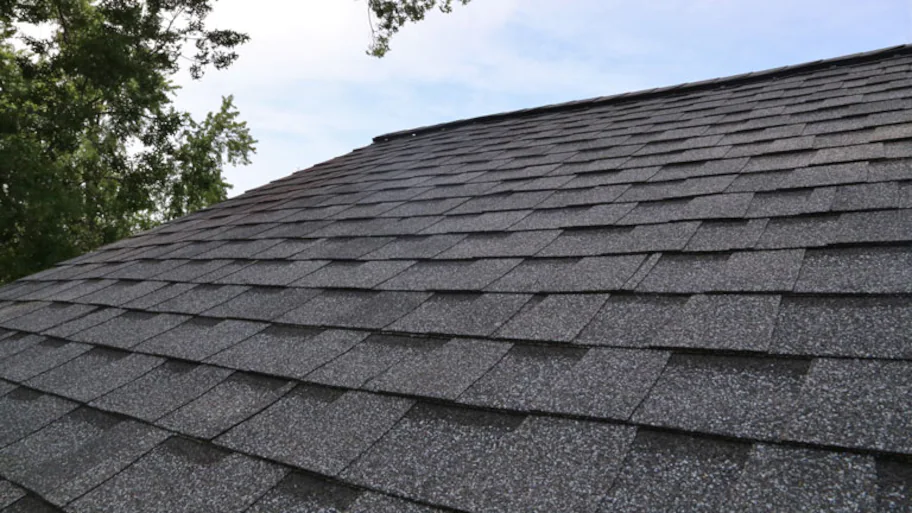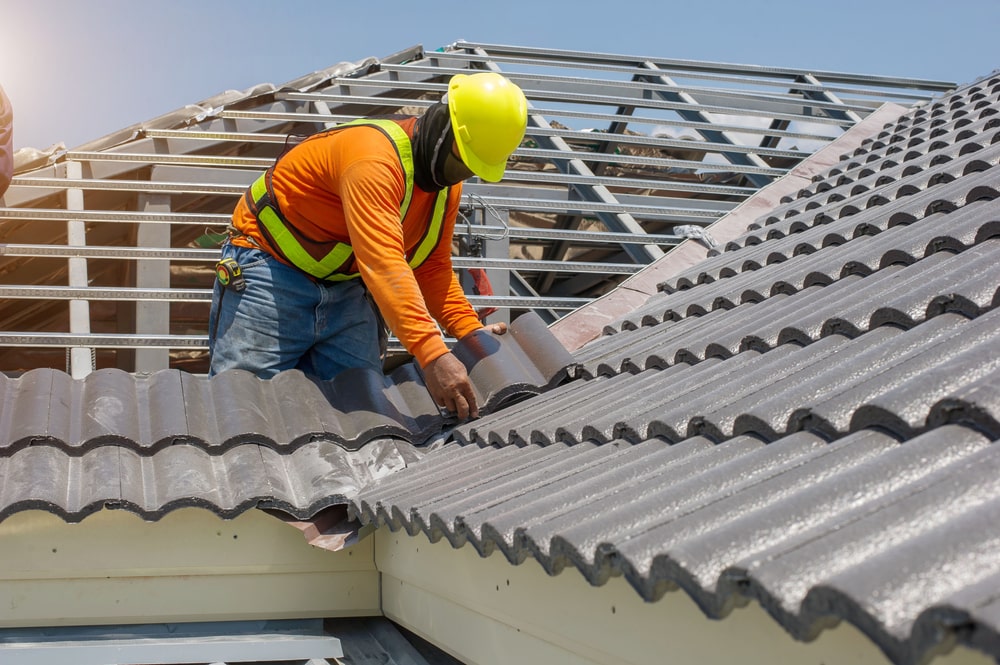Regional Insights on Roofing Companies Gainesville Florida Homeowners Prefer
Regional Insights on Roofing Companies Gainesville Florida Homeowners Prefer
Blog Article
Best Practices for Ensuring Proper Roof Covering Air Flow
A well balanced consumption and exhaust air vent proportion, typically 1:300, plays a pivotal duty, with intake vents ideally put at the lower edge of the roofing system for amazing air access and exhaust vents at the peak for cozy air departure. Maintaining insulation away from vents is essential to avoid airflow limitation.
Understand Ventilation Essentials
Properly comprehending air flow fundamentals is necessary for ensuring the durability and efficiency of roof systems. Efficient ventilation minimizes dampness build-up and temperature extremes in the attic, both of which can result in considerable architectural damages in time. A well-ventilated roofing system assists in stopping typical concerns such as mold and mildew development, timber rot, and ice dams, which can jeopardize the stability of the roofing products and the underlying frameworks.
The main objective of air flow is to facilitate the activity of air, enabling a consistent exchange between the exterior and interior atmospheres. This equilibrium is achieved via a mix of consumption and exhaust vents that interact to keep ideal airflow. Consumption vents, normally located along the eaves or soffits, permit fresh air to get in the attic room, while exhaust vents, usually positioned at or near the roofing system ridge, enable hot, damp air to run away.
Trick variables influencing the performance of roofing ventilation consist of appropriate placement, appropriate sizing, and making sure that both intake and exhaust vents are unobstructed. Regular inspection and upkeep are crucial to identify possible obstructions, damage, or inadequacies in the air flow system, consequently guarding the roofing's performance and toughness.
Sorts Of Roofing Vents
Roof covering vents play an essential duty in maintaining effective attic ventilation and, by expansion, the overall health of the roof covering system. Different kinds of roofing system vents are available, each with unique benefits tailored to details roofing needs. Ridge vents, for instance, are installed along the roof's height, allowing warm, humid air to run away from the attic. They provide continuous ventilation and blend effortlessly with the roofline, making them both effective and visually pleasing.

Soffit vents are installed under the eaves and job in tandem with roof vents to make certain a well balanced intake and exhaust system. By enabling cooler air to enter from below, soffit vents facilitate the expulsion of hot air with upper vents. Gable vents, situated on the outside walls of the attic room, deal one more reliable solution, especially in homes with gable roofs.
Examine Your Current Ventilation

Next, take into consideration the age and problem of your roof products and ventilation elements. Older systems may not adhere to current building codes or might have deteriorated with time, decreasing their effectiveness. Conduct an extensive examination to determine any signs of wear and tear, such as corrosion, damage, or gaps that can endanger the system's performance.
In addition, measure the attic room temperature and humidity degrees. High temperature levels and humidity can show insufficient ventilation - gainesville fl roofing companies. Use a hygrometer and thermostat to acquire accurate readings, contrasting them with outside problems. Persistent inconsistencies suggest potential concerns that need attending to.
Installation Best Practices
Reliable installment of roof ventilation systems is extremely important for guaranteeing optimal performance and longevity. Correct setup begins with understanding the certain ventilation demands of the structure and the roofing system it covers. This includes computing the right ratio of intake to exhaust vents, commonly sticking to the 1:300 regulation, which specifies one square foot of air flow for original site every single 300 square feet of attic floor space.

Intake vents should be installed at the roof's reduced side, commonly in the soffits, to enable great air to enter. Exhaust vents, on the various other hand, ought to be installed near or at the roof's height to facilitate the leave of cozy, damp air.
Seal all vent links thoroughly to avoid air leakages and possible water seepage. Use premium products and comply with manufacturer standards to make certain resilience and efficiency. Additionally, incorporating ridge vents with baffles can significantly improve airflow efficiency by protecting against wind-driven rain and snow from going into the attic room.
Eventually, precise installation of roofing air flow systems mitigates potential concerns such as mold growth, ice dams, and structural damages, ensuring the roof covering's stability and the structure's general health and wellness.
Normal Maintenance Tips
Uniformity in maintenance practices is essential to guaranteeing the long-lasting performance of roofing ventilation systems. Throughout these evaluations, ensure that vents are cost-free of particles, nests, and various other blockages that can restrain air movement.
Cleaning the vents is another necessary task. Make use of a soft brush or a vacuum cleaner to get rid of dust and debris from intake and exhaust vents. Beware not to harm the air vent displays or louvers throughout the procedure. Furthermore, check the attic area for any type of signs of water damage, which could jeopardize click for info the stability of the roof system.
Proper insulation is equally important. Guarantee that attic room insulation does not obstruct the vents, as this can seriously restrict air flow. Rearrange or change it to preserve an effective obstacle. if any type of insulation has changed or worked out.
Last but not least, replace any kind check of damaged or missing elements promptly. Broken vents, fractured shingles, or deteriorated flashing can all contribute to insufficient air flow and should be dealt with right away. Normal upkeep guarantees that the roof ventilation system operates optimally, therefore extending the life expectancy of the roofing itself.
Conclusion
Guaranteeing correct roof air flow is critical for maintaining the efficiency and resilience of a roof. Adherence to the 1:300 intake and exhaust vent proportion, combined with the critical placement of vents, is necessary. Routine semiannual examinations, debris cleaning, and ensuring insulation does not block air movement are important methods. Carrying out these best techniques will certainly cultivate a well-ventilated roofing system, thus alleviating prospective problems associated with moisture accumulation and too much warm, inevitably extending the roofing system's lifespan.
A well balanced consumption and exhaust air vent ratio, commonly 1:300, plays a pivotal duty, with intake vents preferably placed at the reduced side of the roofing for trendy air entrance and exhaust vents at the optimal for cozy air exit. Intake vents, generally located along the soffits or eaves, permit fresh air to get in the attic room, while exhaust vents, frequently located at or near the roofing ridge, make it possible for warm, damp air to get away.
Soffit vents are mounted under the eaves and job in tandem with roofing vents to make certain a balanced consumption and exhaust system. By permitting cooler air to enter from below, soffit vents help with the expulsion of hot air via upper vents. Adherence to the 1:300 consumption and exhaust vent ratio, coupled with the tactical positioning of vents, is vital.
Report this page